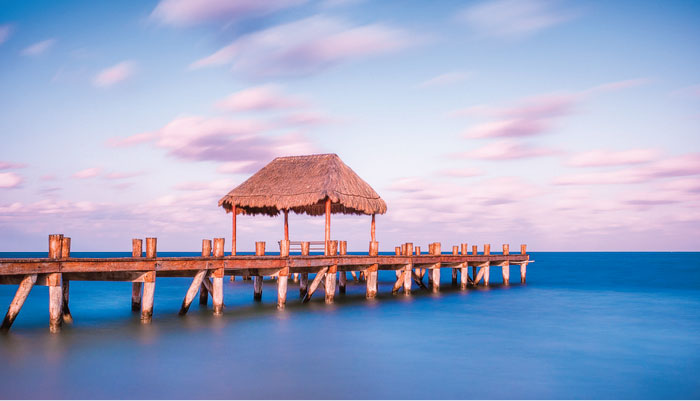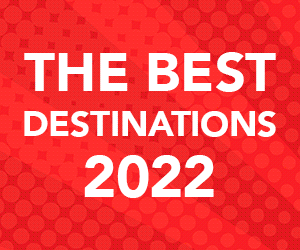One of the main objectives in the Riviera Maya is to achieve a sustainable and responsible tourism model to safeguard the destinations and ecosystems that tourist enjoy so much.
In the city of Cancún last year companies, the government and civil society created the Sustainable, Solidary and Socially Responsible Tourism manifesto for the state of Quintana Roo and the Yucatán peninsula.
The manifesto “is the result of the contribution of more than 300 professionals who attended the second edition of the Sustainable & Social Tourism Summit at the start of this year to address and reduce the impact of tourism as an industry”, said Vicente Ferreyra, president of the environmental consultancy firm Sustentur, which has been leading this project since it began.
One of the main objectives of this manifesto is that participants involved in this initiative redefine the indicators of the success of tourism carried out in the region. This goal will be achieved by adopting ecosystem conservation and social wellbeing criteria and recognising that “more” doesn’t always mean “better”, in other words, taking a step away from mass tourism.
In the area of socially responsible tourism, private companies are committed to incorporate small and medium-sized local producers to complete this essential part of the tourism value chain. However, it’s not only about including them, but also implementing fair working conditions so local economies can develop and grow with dignity and equity.
As such, speaking about labour issues, the partners have undertaken to ensure that access to work is inclusive and for everybody, regardless of their social status.
One of the manifesto’s commitments states that “government bodies have pledged to promote models of preserving natural and cultural heritage in nature tourism (ecotourism, adventure and rural tourism) and tourism in protected areas by establishing limits to the load capacity of each place and ensuring the benefits are distributed among the people of these territories”.
Although the document was created in the city of Cancún, it does have participants from other states and countries. It currently has 93 entities participating in the initiative: 36 private actors, 32 public institutions and 25 civil society organisations from Mexico, the United States, Argentina, Canada, Brazil, China and Australia.
“Coordination is one of the biggest challenges we face,” added Ferreyra Acosta.
Master Plan for Sustainable Tourism in Quintana Roo
Quintana Roo recently announced the launching of its Master Plan for Sustainable Tourism 2030 at the Sustainable & Social Tourism Summit 2019, which will come into force starting this year.
The plan was presented by Marisol Vanegas, the Quintana Roo state tourism secretary, who stressed that implementing this plan will be a challenge, but in the end, it will have surprisingly positive results.
The plan comprises 4 central themes:
- Long term vision, 2030
- Metrics and innovation
- Guidelines per destination
- Democratic governance
In terms of structure, the Master Plan uses the following approaches to ensure its success:
- Diagnosis based on scenarios in the year 2030
- Inventory of initiatives linked to solutions
- A vision of sustainable development in tourism 2030
- Solutions and strategies to achieve the vision
- A governance model for monitoring
What are the first actions to be implemented? So far, we can tell you that it will:
- Incorporate small companies into the value chains
- Ensure balanced and equitable growth
- Promote local governance models
- Use the promotion to create awareness
- Promote heritage preservation models
- Ensure accessibility and inclusion for all people
- Align policies on decent employment and socially responsible tourism
Source: Sustentur, Government of the State of Quintana Roo.









